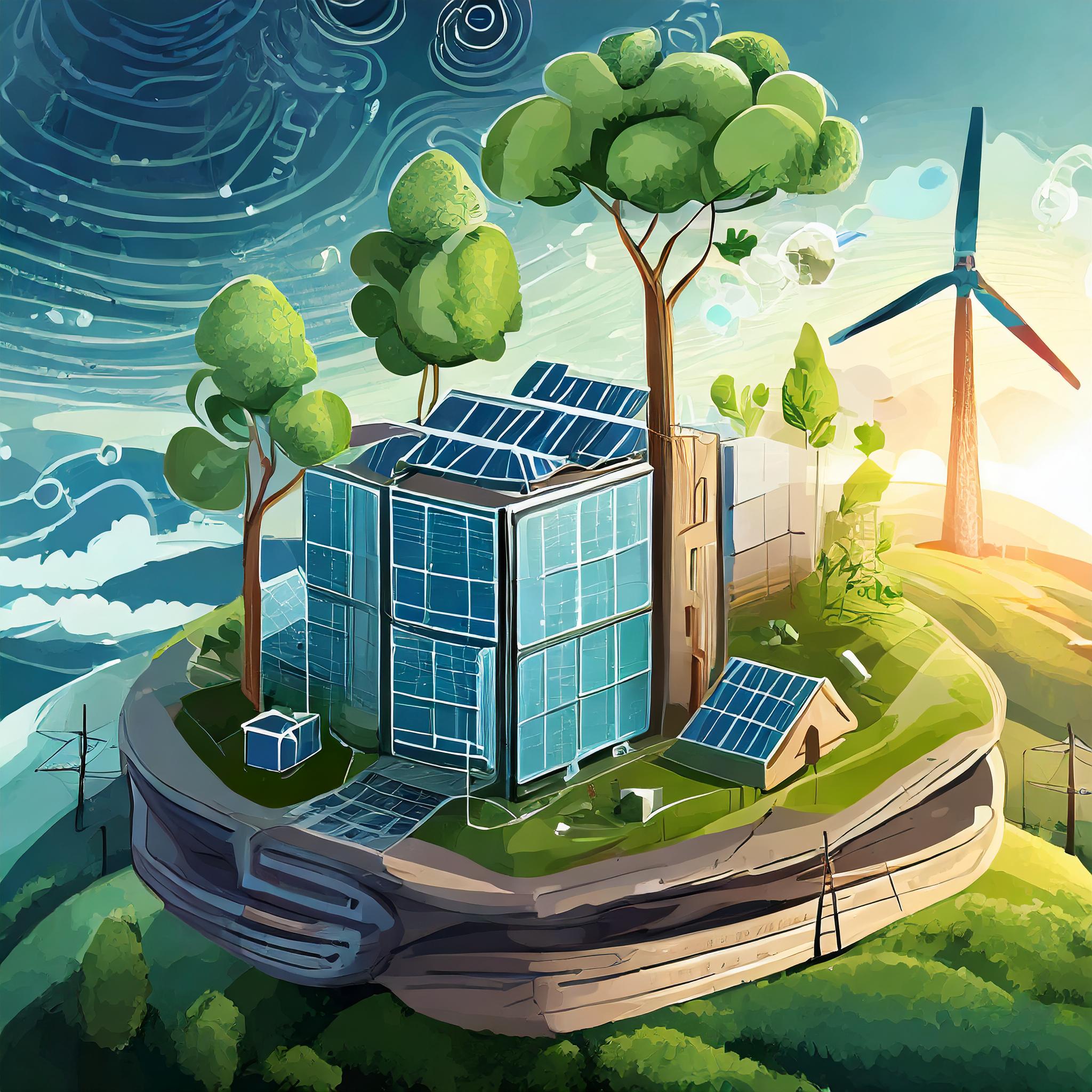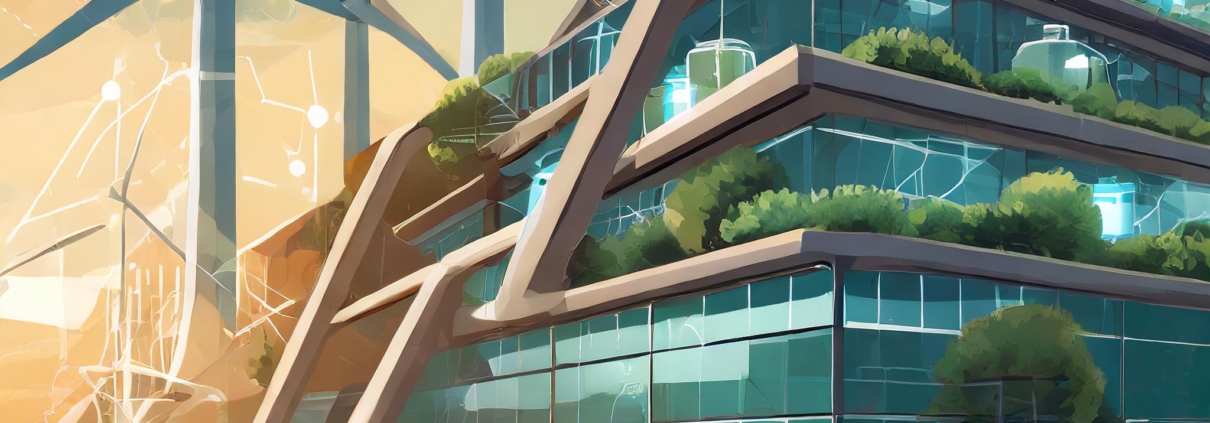Zero Emission As An Innovation Booster
Zero Emission As An Innovation Booster – What are the key technologies behind it?
Sustainability acts as a significant catalyst for innovation, especially in the realm of zero emissions. Several innovations are driving progress towards achieving zero emissions across various sectors.
Sustainable Innovations
Renewable Energy Technologies:
Innovations in renewable energy technologies play a pivotal role in reducing emissions from electricity generation. Solar photovoltaics (PV), wind turbines, hydroelectric power, geothermal energy, and biomass are increasingly becoming more efficient, cost-effective, and scalable. Advances in materials science, such as new photovoltaic materials and turbine designs, contribute to higher energy conversion efficiencies and lower costs, accelerating the transition to clean energy.
Electric Vehicles (EVs) and Battery Technology:
Adopting electric vehicles is a significant driver of emissions reduction in the transportation sector. Continuous advancements in battery technology, such as lithium-ion and solid-state batteries, enable longer driving ranges, faster charging times, and reduced costs. Innovations in EV design, lightweight materials, and vehicle-to-grid (V2G) technology further enhance the efficiency and sustainability of electric transportation.
Energy Storage Solutions:
Energy storage technologies, including grid-scale batteries, pumped hydro storage, and thermal energy storage, play a crucial role in integrating renewable energy into the grid and ensuring grid stability. Innovations in energy storage enhance the reliability of renewable energy sources, mitigate intermittency issues, and enable greater flexibility in energy management and distribution.
Smart Grids and Energy Management System:
Smart grid technologies and energy management systems optimize energy distribution, reduce energy waste, and enhance the efficiency of power networks. Innovations such as demand-response programs, advanced metering infrastructure (AMI), and machine learning algorithms enable real-time monitoring, control, and optimization of energy usage, facilitating the integration of renewables and the reduction of emissions.
Carbon Capture, Utilization, and Storage (CCUS):
CCUS technologies capture carbon dioxide emissions from industrial processes and power plants, preventing them from entering the atmosphere. Innovations in carbon capture systems, including solvent-based, membrane-based, and direct air capture technologies, improve efficiency, reduce costs, and enable the utilization or permanent storage of captured CO2, contributing to emissions mitigation efforts.
Circular Economy and Sustainable Materials:
Innovations in the circular economy promote resource efficiency, waste reduction, and the reuse/recycling of materials, thereby lowering emissions associated with resource extraction, manufacturing, and disposal. Sustainable materials, such as bioplastics, bio-based and recycled materials, offer alternatives to traditional, carbon-intensive materials, driving emissions reductions across various industries.
Carbon-neutral Fuels and Synthetic Fuels:
Advances in synthetic biology, bioengineering, and catalysis enable the production of carbon-neutral fuels, such as biofuels, hydrogen, and synthetic fuels derived from renewable sources. These fuels can replace fossil fuels in transportation, industry, and heating applications, significantly reducing greenhouse gas emissions.
Decentralized Energy Systems and Microgrids:
Decentralized energy systems, including microgrids, community-owned renewable energy projects, and off-grid solutions, empower local communities to generate, store, and manage energy sustainably. These systems increase energy resilience, promote energy independence, and facilitate the integration of renewable energy sources, leading to emissions reductions at the local level.
Zero Emission As An Innovation Booster – What are the key technologies behind it?
After identifying a long list of crucial innovation fields, we found that innovation pioneers are essential in driving the business towards achieving long-term objectives. We are convinced that the way to “Zero Emission” is a key driver for future innovation and, thus, for overall economic growth. Will it be as huge as AI? It would be wrong to compare AI to “Zero Emission” – as a first answer, combining both, bringing them forward, and optimizing “Zero Emission” innovation projects with the help of AI is the most efficient and fastest way to get genuine, sustainable products and services to demanding markets.




